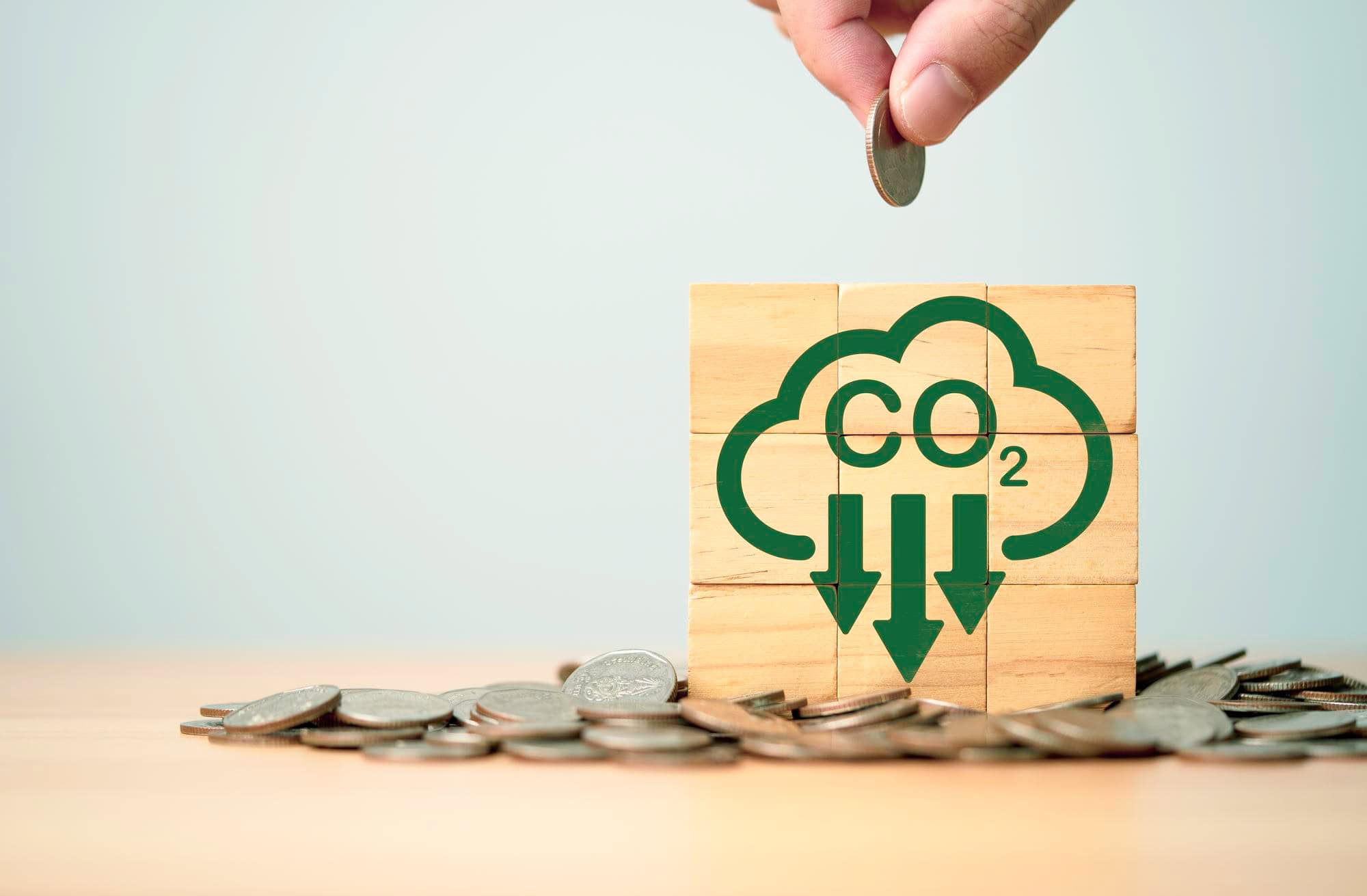At C3 Group, we help clients make confident, data-driven decisions to meet their sustainability goals. Digital twin technology is one of the most powerful tools for cutting carbon and improving efficiency.
If you’re working to improve energy efficiency, optimise infrastructure, or meet carbon reduction targets, a Digital Twin can give you the real-time visibility and control you need to make better decisions faster.
What is a Digital Twin?
A Digital Twin is a live digital model of a physical asset, process, or system – like your building or heating network. It collects real-time data from sensors and devices to simulate what’s happening in the real world.
This digital model allows you to:
- See how your systems are performing in real time,
- Spot inefficiencies or faults early,
- And simulate upgrades or changes before spending money in the real world.
With one central platform, you can monitor, test, and optimise your entire infrastructure. It’s not just a static model; it’s an active tool for driving more innovative strategies and operational efficiency.
How Does Digital Twin Technology Work?
Every Digital Twin starts with data. Sensors and IoT devices collect information about temperature, energy use, air quality, or system performance. From there, smart tools like AI and data analytics process that information to interpret what that data means.
Instead of reacting to problems when they happen, Digital Twins lets you anticipate them. You can test ideas, simulate upgrades, and explore scenarios before making costly changes in the real world.
This level of insight has huge implications, particularly for sectors like energy, construction, manufacturing, and local government, where reliability and efficiency are essential.
Why Digital Twins Matter for Energy and Net Zero Planning
Many organisations are under pressure to deliver carbon reduction strategies and heat decarbonisation plans, but they lack the visibility to know where to start. Digital Twins are helping organisations across the UK make sustainable, cost-effective decisions. They provide:
- A clear view of carbon hotspots and system inefficiencies
- Tools to model retrofit options before committing budget
- Data to support Satix funding or PSDS applications
- A joined-up approach across departments and stakeholders
This makes Digital Twins especially valuable for public sector buildings, commercial property owners, and organisations working towards Net Zero. You’re not just reacting to data – you’re using it to shape your strategy. It’s an innovative way to manage complexity, especially in energy-intensive environments.
How C3 Group Supports Digital Twin Strategies
At C3 Group, we specialise in integrating data, systems, and people. Our team brings together engineering, data integration, and sustainability consultancy to deliver Digital Twin systems that are practical, scalable, and aligned with your goals.
We’ll guide you through every stage, from initial site assessments and mapping to sensor and system integration. We tailor dashboards and training to your team, and we provide ongoing support to embed Digital Twins into your strategy.
We’ve worked across sectors to support clients in understanding their energy consumption, testing retrofit options, and improving the resilience of their infrastructure. By using Digital Twins as part of a wider energy and decarbonisation strategy, we’ve helped clients unlock long-term savings and operational improvements.
Whether you’re looking into your first Digital Twin or expanding existing digital infrastructure, we make the process simple and results-focused.
Real-World Benefits for Your Organisation
One of the most valuable features of a Digital Twin is the ability to simulate outcomes before making real-world changes.
Model how a change in heating strategy would affect energy consumption or test how different upgrade options would impact carbon emissions before committing to a project. This ability to “see into the future” makes Digital Twins such a powerful decision-making tool.
They also support compliance tracking, asset condition monitoring, and stakeholder engagement. With data visualised clearly, collaboration between estate teams, finance leads, and sustainability officers is easier to improve.
This isn’t future tech – it’s today’s solutions for complex energy and infrastructure challenges.
Looking Ahead
Digital Twins are quickly becoming a key part of modern organisations’ management of buildings and carbon emissions. By investing in Digital Twin technology now, organisations can position themselves for a future that’s more efficient, resilient, and sustainable.
If you want to take control of your data, reduce energy waste, or get clearer on your carbon reduction planning, our team at C3 Group is here to help. Let’s explore how a Digital Twin could work for your organisation – get in touch today and turn your data into action.


